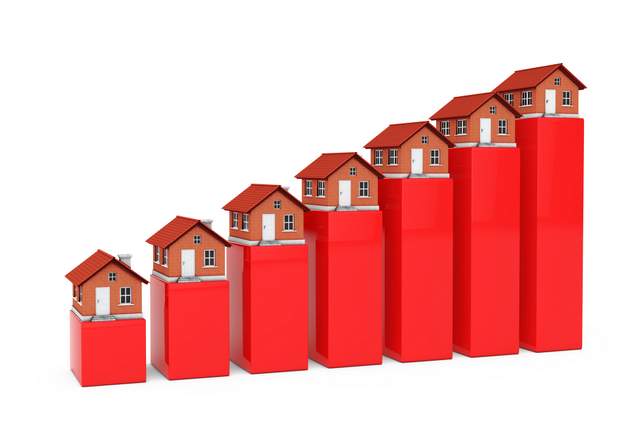
Immediately following the U.S. International Trade Commission’s finding of injury to American solar panel manufacturers in late September 2017, EnergySage saw the cost of residential solar spike on its marketplace. Though prices have since restarted their decline, they are decreasing at a slower rate than before. The result is that the cost of a solar installation is now 5.6% higher than it would have been if costs had been allowed to fall at their preexisting rate of decline.
These stats come courtesy of EnergySage’s Solar Marketplace Intel Report, which looks at an abundance of transaction-level data points from its Solar Marketplace to identify trends.
For the average customer, this amounts to paying an additional $0.16 cents per watt more than they should have, or $960 for a standard 6-kilowatt solar panel system. When this price increase is applied across all residential solar purchases made nationwide after September 2017, the tariff effectively created a $236.5 million tax imposed on American consumers.
“These tariffs are yet another burden imposed on an industry that has long struggled with costs,” said Hugh Bromley, an analyst at Bloomberg NEF, an industry research firm leveraging EnergySage Marketplace data. “The residential solar industry is fragmenting. EnergySage data allows us to monitor competition among the so-called ‘long tail’ of local and regional players who don’t publicly release their earnings in quarterly reports.”
Other key insights from the latest Solar Marketplace Intel Report include:
Solar costs fell nationally, but rose in many top solar states
Although the cost of solar fell nationally to $3.12 per watt, the quoted cost of solar increased within several top solar states such as Arizona, Florida, and North Carolina. However, cost increases only occurred in states where the cost of solar was already below the national average.
Panasonic and LG are now the two most popular solar panels
The two well-known consumer electronics brands made up 46% of all quotes submitted to shoppers on EnergySage in H1 2018. The Japanese and South Korean manufacturers overcame obstacles created by the solar tariff, and secured greater market share due to their high-quality equipment ratings and recognizable brand names.
Solar shoppers remain very interested in energy storage
Continuing the trend first seen in the previous Intel Report, seven out of ten EnergySage solar shoppers also expressed interest in installing a home battery system alongside their solar installation.
“Any trade restrictions imposed on the solar industry hurts American consumers and American workers,” said EnergySage CEO and founder Vikram Aggarwal. “Yet despite these recent hurdles, the residential solar industry remains poised for tremendous growth over the next few years. All-time highs in consumer interest for solar-plus-storage, combined with falling prices and greater transparency, have mitigated the impact of these tariffs. As we show in this report, we have seen consistent increases in solar shopping levels on our Marketplace across the country.
— Solar Builder magazine


Leave a Reply
You must be logged in to post a comment.